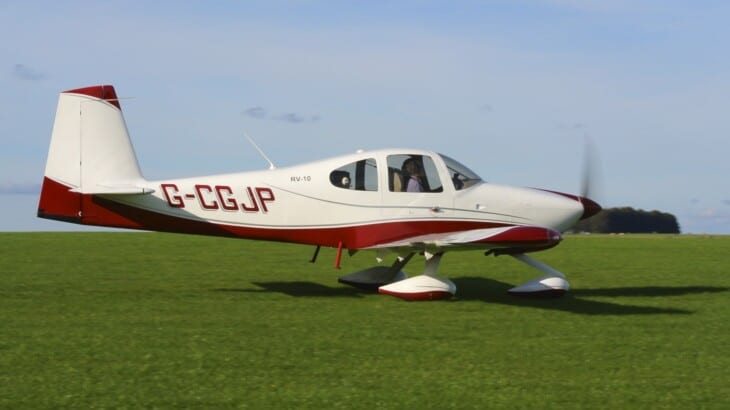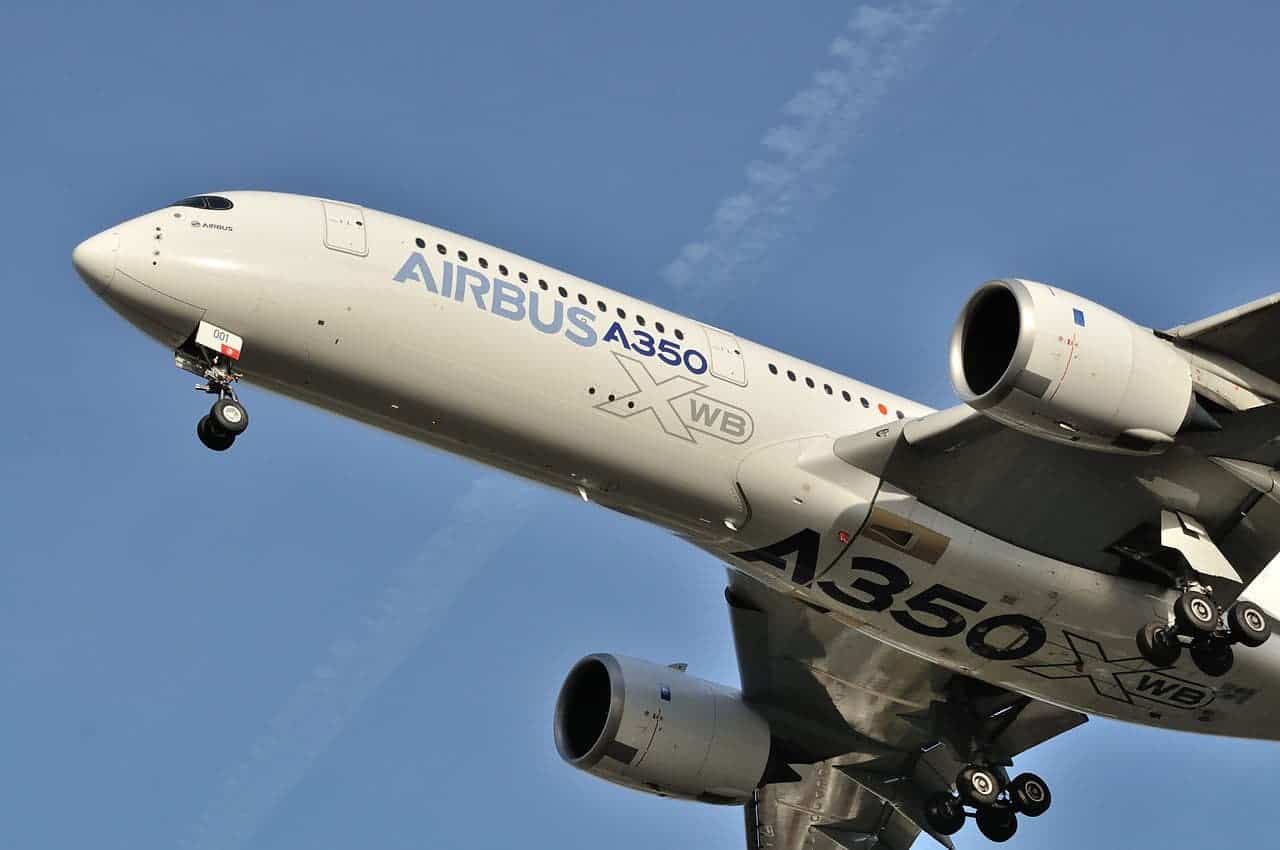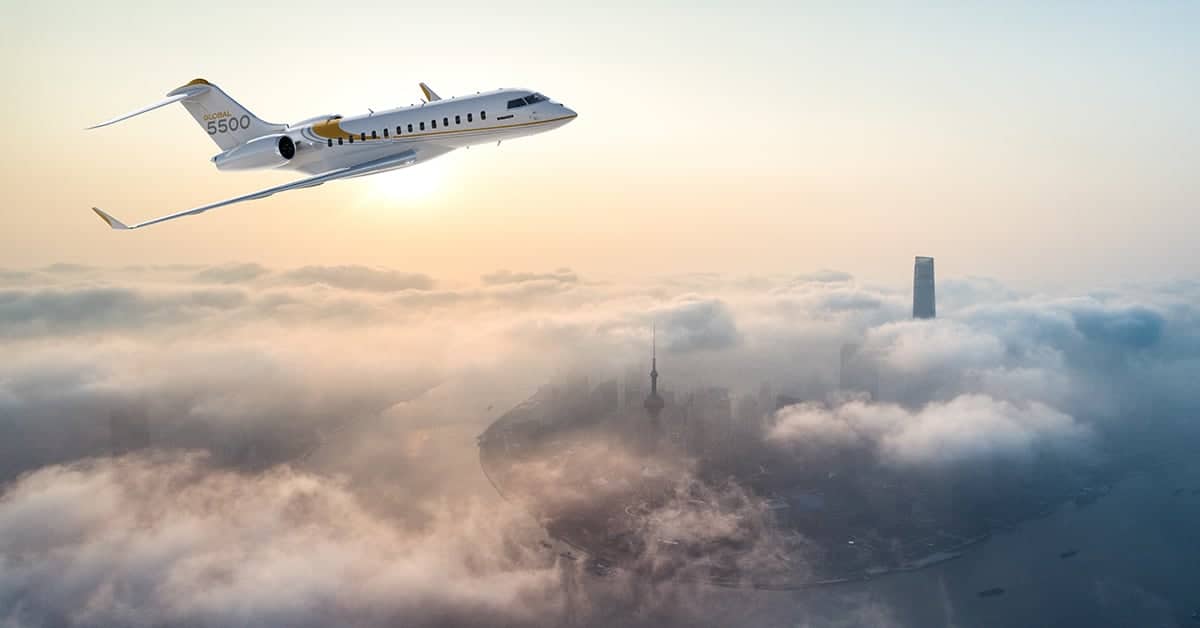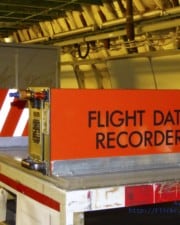If you’ve ever looked at buying your own aircraft, you’ve probably realized that they are expensive. Even the cheapest aircraft are out of many people’s reach. One way some try to get a bargain is by buying a kit aircraft. But what exactly are they?
Sometimes also called a home-built or amateur-built aircraft, the term “kit aircraft” is a broad term used to describe any aircraft that was constructed by a person, or group of people, who don’t do it in any professional capacity.
What is a Kit Aircraft?
A kit aircraft is a type of aircraft built by private individuals rather than in a factory. These aircraft are generally built for recreational (e.g. general aviation) use and are famous for being highly customizable, beyond just a different paint job.
They can come in many different forms; some are just plans, requiring the builder to source their own parts, tools etc. to build the aircraft. Others, however, come with all this – from the plans, to the nuts, bolts and rivets, to the engine – and only need assembling.
There are also kits that are known as “Quick Builds” which are for all intents and purposes identical to standard kits, however come part-built. For example, panels that would otherwise come separate are fixed together and other menial, but time-consuming tasks have been completed, with the aim of reducing build time.
Due to this, they are designed to be built from anywhere. Whilst most kit builders build their kit in the hangar of their local airport, they can just as easily be built in a garage or workshop of some kind.
By the FAA’s own estimates, there are as many as 1,000 different kit aircraft models in our skies. By contrast, there are about 300 different factory-built GA models, making kit aircraft quite possibly the most diverse aircraft category currently in our skies!
How Long Does it Take to Build a Kit Airplane?
Much like the answer to the question “How long’s a piece of string?” The answer is simply: it depends. As each kit aircraft is unique, each takes a completely different amount of time.
Some take as little 500 hours, whilst others can take as much as 2,000 hours or more. On average, however, a kit aircraft takes about 1,200 hours to build start to finish.
What this means in the real world is that you can spend anywhere from about four months (500 hours/40 hours per week) to well over a decade (2000 hours/16 hours per week).
Indeed, it’s not hard to find people who’ve spent the better part of a decade building their perfect aircraft!
The chief factor in determining how long a kit aircraft will take to build is its complexity. Just like Airfix models, some kits are deliberately more complex than others. The more complex the kit aircraft is, the more time they will take to build.
One of the other main factors is how much free time you have to physically build the aircraft. It should go without saying, but devoting 40 hours per week to building your kit aircraft will see it take less time (at least on a calendar) than it would if you were to devote only 15.
Skill also plays a huge factor. Whilst most kits require only basic wood and metalworking skills, there are some that require more advanced skills. Even if you already have these skills, chances are they’re more time-consuming than their more rudimentary alternatives.
The aspect of customization that kit aircraft are so often praised for can also affect build time. Adding even a different paint job, some custom decals and a slightly different interior to the ones in the kit can add 10-15 hours to the total build time.
What Was The First Kit Aircraft?
Unlike most other types of aircraft, there is no definitive “first” kit aircraft. This is mostly because, unlike other types of aircraft, kit aircraft developed organically, rather than through some sort of regulatory framework.
Back in the Pioneer Era of aviation (1903-1914), Alberto Santos-Dumont became the first person to publish free construction plans of his aircraft, beginning with the Demoiselle in June 1910. Despite early optimism, very few people built Santos-Dumont’s aircraft for themselves.
It would take another 19 years for the idea of plans-only aircraft to take hold. In 1929, plans for the Ace Baby Ace were sold for the first time, receiving far more attention than Santos-Dumont had done barely two decades previously.
Interestingly, the plans are still available today, and new Baby Aces are still being built each year!
Generally speaking, however, the first kit aircraft as we’d know it today was the Pietenpol Air Camper.

First flown in 1928, the components for the Air Camper were built in the Pietenpol factory in Oshkosh, Wisconsin and shipped out to the builder along with the plans, who could then build the Air Camper at their own leisure using only simple woodworking skills.
The aircraft was mildly popular, and Pietenpol sold plans and kits throughout the 1920s and 1930s, after which, other designs replaced it in production. The company started reselling the kits back in 2015.
Are Kit Planes Cheaper Than Factory Aircraft?
At least financially speaking, kit planes are indeed cheaper than their factory-complete counterparts. The cheapest (new) factory aircraft can cost northwards of $100,000 whilst numerous kit aircraft can be bought for well under $25,000.
When it comes to operational costs, the same is also true. Kit aircraft like the Van’s Aircraft RV-7 cost roughly $26 per hour to operate, whilst one of the cheapest factory-built aircraft, the Cessna 150, costs about $50 per hour to operate. That’s considerably cheaper.
But here’s where things get murky.
You see, whilst financially they may be cheaper, this lower price comes at a cost: time. At anywhere from a few hundred to a few thousand hours to build, a kit aircraft could end up being more expensive depending on how much you value your time.
For example, if you value your time at $80 per hour, and buy a $25,000 kit plane that takes 1000 hours to build, the $80,000 ($80/hour x 1000 hours) hourly cost plus the $25,000 purchase price would be greater than the $100,000 for a factor aircraft.
At the end of the day, it depends on how much you value your time, the value you gain from physically building it yourself, and the cost of both the specific kit you’re interested in and the nearest professionally-built competitor.
Are Kit Aircraft Safe?
A quick Google of the question “Are kit planes safe?” or “How safe are kit aircraft?” yields many high-value sources with somewhat conflicting viewpoints. Some argue they’re just as safe as professionally-built competitors, whilst others argue they’re much more dangerous.
All in all, however, it seems that when built properly and all safety and flight testing precautions are followed, kit aircraft are just as safe as their professionally-built counterparts. FAA and NTSB crash data backs this up too.
Between 2010 and 2020, the entire GA fleet had a crash index of 5.2 and a fatal crash index of 1.0. During the same period, kit aircraft had a crash index of 5.4 and a fatal crash index of 1.6.
Yes, that does technically mean that GA aircraft are safer than kit aircraft (even if only mildly), by the FAA and NTSB’s own admission, these figures may be skewed due to the relative size of each aircraft types’ fleets; there are an estimated 33,000 kit aircraft in the US compared to the 215,000 GA aircraft.
However, where kit planes’ safety really comes into question is when they are flown by a pilot other than the one who built it.
You see, each kit aircraft is completely unique, regardless of whether you’re comparing completely different aircraft or two of the same model and spec. This is because of the customizable nature of kit aircraft.
What this means for pilots is that no two kit planes fly the same, even if they’re two of the same. This means that a pilot who’s accustomed to flying a specific kit plane can’t fly a different one the exact same way.
Imagine learning to fly on a Cessna 152. You’ve mastered all the handling features and characteristics specific to that C152, and then you go and buy your own, and all those handling features and characteristics you’ve spent months learning to master are completely different, but everything looks the same.
Safe to say, it’s not a recipe for success. Indeed, looking at the majority of fatal accidents involving kit planes, they were piloted by those who did not build them.
Can a Kit Plane be Certified?
Another main reason why some people believe that kit planes are inherently dangerous is that they are not certified. Indeed, in places like the US, the FAA states that it doesn’t certify or approve aircraft kits or their manufacturers.
That being said, once built, kit planes are still privy to many of the regulations their factory-built counterparts must be.
For example, every kit plane has to be registered with the FAA if it wants to begin flying. They also need to be inspected by an FAA inspector, who can then sign it off as airworthy.
Assuming this is done, the aircraft must then undergo 25–40 hours (depending on the specific kit) of flight testing in FAA-designated, non-populated areas to ensure that the aircraft and all its systems are working properly.
This process of rigorous flight testing and inspection follows the same criteria as factory-built aircraft, and kit aircraft must have an annual inspection, just as their factory-built GA counterparts do.
Do You Need a Pilot’s License to Fly A Kit Plane?
Yes, in most jurisdictions, you will need a pilot’s license to fly a kit plane. In addition to this, you’ll also need to adhere to all FAA regulations during your flight. This is to ensure your own safety as well as others in the sky.
That being said, you don’t need a pilot’s license to order a kit plane, meaning you could order your kit plane and begin building it whilst you are learning to fly.
Even if you complete the aircraft before you complete your flight training and only intend to pilot that aircraft, you can’t pilot it until you’ve got your PPL.
Can You Get a Jet-Powered Kit Plane?
For the most part, kit aircraft are powered by pretty rudimentary piston engines like the Rotax 912. A few of the higher-spec and more complicated designs are even powered by turboprop engines like the Pratt and Whitney PT6.
And that’s what you’d probably expect. After all, piston engines are relatively simplistic, and at least from an amateur building perspective, so are turboprops.
But jets, they’re a completely different story.
Whilst they are not particularly common, jet powered kit planes (otherwise known as microjets) do exist. At present, there are about 10 microjets that have been or are currently in production.
They should not be confused for Very Light Jets (VLJs) which are factory-built and generally built for VIP flying, as opposed to microjets which are still kits and generally designed to be flown for fun.
By far the most famous (and popular) microjets are the:
- Bede BD-5J – Which holds the world record for being the world’s smallest jet and famously appeared in the opening sequence of the 1983 James Bond film “Octopussy”
- Sonex Aircraft SubSonex – Which holds the world record for being the cheapest brand new jet aircraft
- Viper Aircraft ViperJet – Which is the world’s only all-composite, jet-powered kit built aircraft

Are Kit Aircraft Fast?
With the exception of microjets, whose top speeds pale in comparison to even the slowest subsonic factory-built jets, kit aircraft generally fly at the same speeds as their factory-built rivals.
For example, the Van’s Aircraft RV-10, one of the most popular kits out there, has a top speed of 335 km/h (208 mph; 181 kn) whilst a factory-built plane like the SR22 has a cruise speed of 339 km/h (211 mph; 183 kn). Most pilots barely notice that kind of speed difference.

But as with seemingly all types of aircraft, there are some incredibly fast kit aircraft that make even the fastest factory-built piston aircraft look slow.
The most famous of these incredibly fast kit aircraft is the Lancair IV, an aircraft whose top speed clocks in at an astonishing 550 km/h (324 mph; 297 kn)! To put that in perspective, that’s about half the speed of sound!
Under its belt, the Lancair IV holds the speed record for solo flight between the Earth’s poles in an aircraft weighing under 3000 kg (6600 lbs).
This flight took place in 2014, when pilot Bill Harrelson (who’d built his Lancair IV with his wife, Sue, and modified it to his needs) made his pole-to-pole voyage in a mere 175 hours, smashing the previous record, set by Max Conrad in a Piper Aztec, by nearly 20 hours.
How Big Are Kit Aircraft?
Kit aircraft have a reputation for being somewhat small. Often, they’re portrayed as being rickety single-seaters with only a few having two seats.
But that couldn’t be further from the truth. Whilst some kit aircraft like the Sonex Onex only have a single seat (and even that’s a bit of a squeeze), the majority are far more spacious and are more than able to seat two, three or even four people.
The majority of kit aircraft are similar in size (both internally and externally) to many of the most popular GA aircraft, such as the Cessna 172 or Piper Cherokee.
Due to the sheer variety of kit aircraft available, you can find one as big or as small as you want. Some are small enough that they only carry one person and could easily fit inside your home garage, whilst others can carry up to four people and could only be stored at an airport. The choice is up to you.
How Far Do Kit Aircraft Fly?
One of the chief criticisms of kit aircraft – aside from their perceived safety and speed issues – is that they generally do not have as good a range as their factory-built counterparts.
And whilst in some instances this may be true given the vast number of both aircraft, kit aircraft mostly have ranges in line with aircraft like the Cessna 172 and Piper Cherokee.
Indeed, the range of the C172R (the most popular C172 variant) stands at 801 mi (1289 km; 696 nmi) whilst the range of the incredibly popular Vans RV-7 stands at 765 mi (1231 km; 665 nmi).
By the standards of most aircraft comparisons, this difference, although greater for kit aircraft in this instance, is negligible operation-wise.
Related Posts













